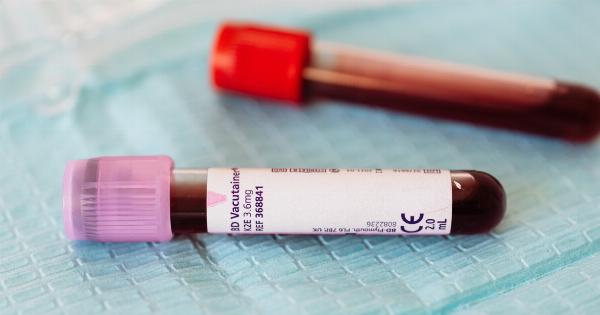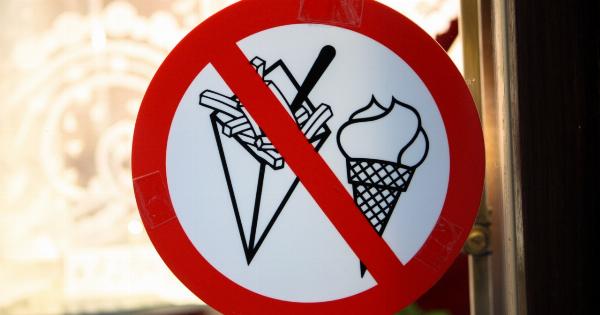Personal health is always a main priority for many individuals. Looking after every aspect of the body is a vital task that should always be on our to-do lists.
Blood clots, in particular, are a common issue most people might be dealing with or are sensitive to. They can be life-threatening if not handled in time, causing damages to the heart, brain, or lungs.
To reduce such risks, it is crucial to identify the culprit, understand the key components leading to blood clot formation, and what measures one can take to prevent life-threatening situations from happening.
This article will provide a detailed overview of the essential ingredients that lead to blood clots formation and how you can prevent this from happening.
The Root Cause: Understanding Blood Clots Formation
Blood clotting is a vital mechanism in a human’s body. It is a process that stops bleeding after an injury by forming a protective scab that prevents bleeding.
However, when the clotting process is triggered due to other than an injury, such as in response to certain health conditions, it creates unwanted threats. When this process occurs in the veins, it leads to dangerous consequences known as Deep Vein Thrombosis (DVT). It is essential to identify the key ingredient that triggers an unwanted clotting process in the veins.
The Main Contributors: Identifying The Key Ingredients
There are numerous components that contribute to the development of blood clots. Some are related to genetics and family history, while others are linked to lifestyle and environmental factors.
The main contributing factors to blood clot formation that one can modify are:.
1. Diet
One of the primary ingredients that trigger blood clot formation is the high intake of foods that are rich in fats and cholesterol. These foods can cause blockages in the veins, leading to blood clots.
Therefore, minimizing the intake of these foods, and increasing foods rich in omega-three fatty acids like salmon, and green leafy vegetables is essential in reducing the clotting risks.
2. Weight and Obesity
The heavier a person is, the higher the chances of them developing blood clots. Research has revealed that obesity and overweight are contributing factors to blood clots formation.
Individuals that are overweight have to work towards reducing their weight through a regular workout routine and a healthy balanced diet to minimize the possibility of clot formation.
3. Smoking and Tobacco
Smoking and tobacco intake have many detrimental effects on the body, and contributing to the formation of blood clots is one of them.
Chemicals in tobacco produce plaque, which leads to blockage of veins; thus, individuals who smoke and use tobacco have a higher chance of developing blood clots. Quitting these substances is the only way to reduce the chances of blood clots formation.
4. Sedentary Lifestyle
Individuals who lead a sedentary lifestyle, where they do not engage in any physical activity or have a habit of sitting in one place for extended periods, have a higher chance of developing blood clots.
Inactivity causes venous stasis, a condition where the blood pools in veins, leading to blood clots formation.
5. Health Conditions
Some health conditions like cancer, heart diseases, and liver disease can also lead to blood clots formation.
Therefore, individuals diagnosed with such ailments must take the necessary precautions to minimize the chances of blood clots formation and seek medical attention in case any symptoms occur.
6. Trauma
Following injuries or surgery, an individual can have a higher chance of developing blood clots due to the healing process. The blood vessels close to the injury are damaged, leading to blood clot formation.
Therefore, individuals who have had surgery or severe injuries must take the necessary measures, including compression stockings, to minimize the chances of blood clot formation.
7. Medications and Contraceptives
Some medications can increase the chances of blood clot formation, leading to DVT. Such medications include hormone replacement therapy and birth control pills.
The risk of blood clots formation increases with the length of time used and the age of the person using them. Individuals need to consult with their physicians to ascertain the risks and ways of minimizing them.
The Solution: Preventing Blood Clots Formation
Preventing blood clots formation is possible if one follows the right steps. Some of the ways that individuals can minimize the chances of blood clot formation include:.
1. Exercise
Regular exercise is essential in curbing sedentary lifestyles. Individuals should work out for at least thirty minutes a day, five days a week. It helps the blood in the body circulate freely, reducing the chances of blood clots formation.
2. Avoiding Tobacco and Excessive Alcohol Use
Individuals should cease smoking and using tobacco products and limit their alcohol intake. It is an excellent way to minimize the chances of blood clots formation.
3. Eating a Balanced Diet
Eating a balanced diet with minimal fat and cholesterol intake is an effective method of minimizing blood clot formation. Individuals should consume more fruits, vegetables, and foods rich in omega-three fatty acids.
4. Taking Breaks from Sitting
Incorporating breaks throughout the day when sitting down for an extended period helps reduce the chances of blood clot formation. Individuals can indulge in light exercises like stretching or taking a short walk.
5. Wearing Compression Stockings
Individuals who have had surgery or are temporarily immobile should wear compression stockings. These stockings aid in promoting blood circulation, reducing blood clots’ formation.
In Conclusion
Blood clots are a severe health risk that can lead to life-threatening conditions. Identifying the culprits that trigger their formation and taking preventative measures is fundamental in reducing the risks.
Individuals can avoid blood clots by exercising regularly, eating a balanced diet, avoiding smoking and tobacco use, taking breaks from sitting, and wearing compression stockings. By following these simple steps, individuals can avoid the severe implications of blood clots.






























